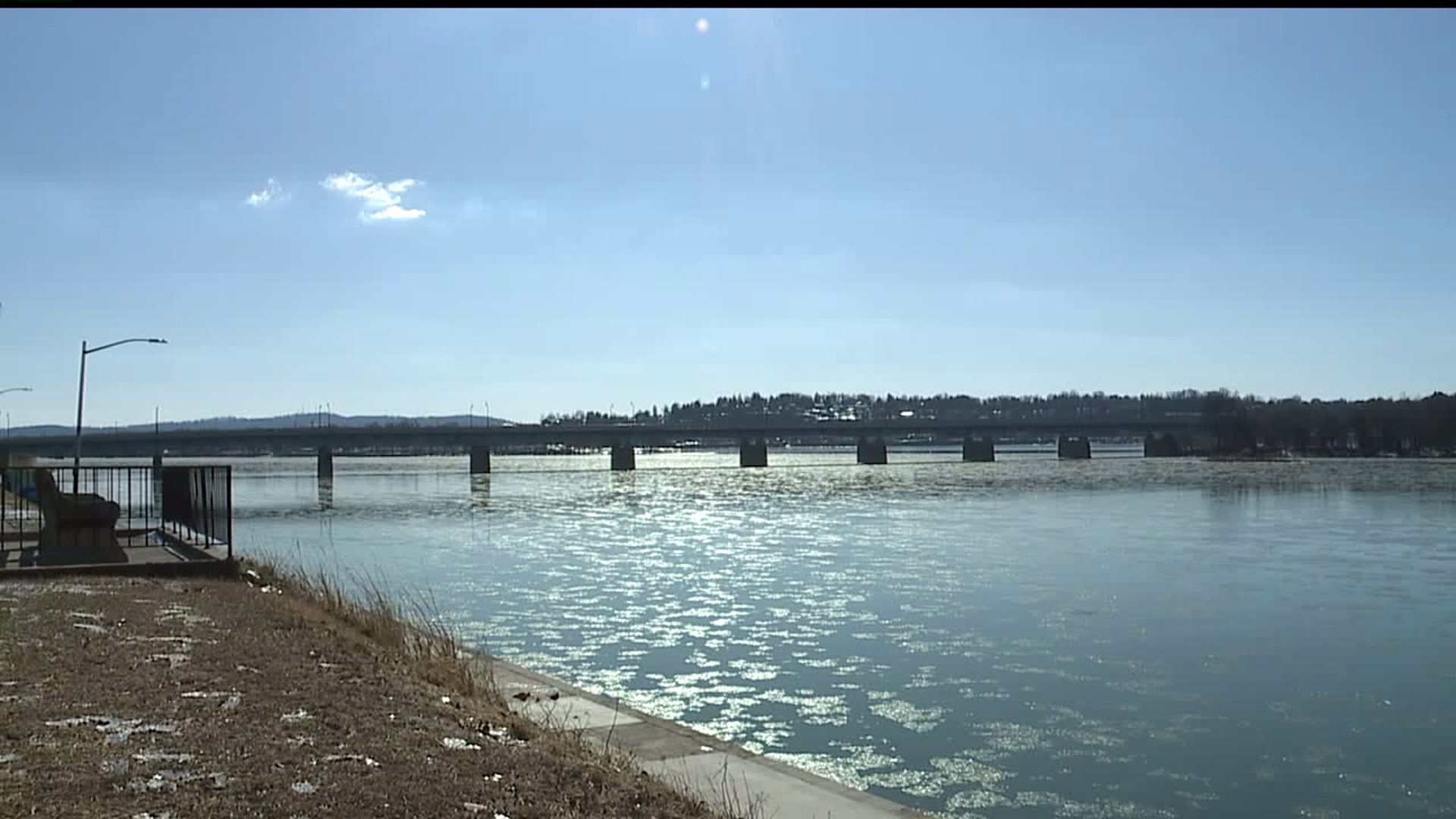The Chesapeake Bay Foundation in Harrisburg is taking Maryland's side when it comes to a threat of legal action against Pennsylvania.
The battle centers on pollution that critics claim is making its way into the Chesapeake Bay.
Maryland's Governor Larry Hogan announced in January he was directing Maryland's Attorney General to pursue legal actions against the EPA and Pennsylvania in an attempt to hold Pennsylvania accountable for what Hogan claimed was the Keystone State's failure to step up and take responsibility for sediment and debris that pours into the Chesapeake Bay via the Susquehanna River.
Read Governor Hogan's full announcement here.
Read the Chesapeake Bay Foundation's full statement here.
The Chesapeake Bay Foundation supports it because the foundation's Executive Director in Pennsylvania Harry Campbell told FOX43, "right now, Pennsylvania is substantially behind in meeting commitments."
Those commitments, Campbell said, fall under the Chesapeake Clean Water Blueprint, or Bay TMDL, which sets a pollution reduction requirement for each state in the Bay's watershed.
"Pennsylvania has come up with a number of plans but has failed to actually invest in those plans," said Campbell. He added, "the investments in clean water are necessary so as to achieve those commitments and it starts with the administration and the legislature figuring out how to make that happen."
Campbell said Pennsylvania is the number one source of nitrogen pollution going into the bay. The Foundation claims, Pennsylvania is also the lynchpin of the Chesapeake Bay cleanup with the state making up the bulk of the Susquehanna River’s watershed and with the Susquehanna supplying nearly 50 percent of the freshwater that enters the Bay.
If the status quo remains at the Chesapeake Bay, Campbell claims it will impact things including oysters, crabs, and fisheries. He adds, "there will be dead zones and a lack of oxygen within substantial portions of the Chesapeake Bay at critical times of the year where any aquatic life may suffocate or become so stressed out it's susceptible to disease or even death."
The Chesapeake Bay Foundation claims, last year, Pennsylvania submitted to the EPA its most recent plan to reduce Bay pollutants which the group claims included an annual estimated funding gap of more than $300 million and fell 25 percent short of the state’s requirement for reducing nitrogen.
However, a spokesperson for Governor Tom Wolf had this to say in response:
"Under Governor Wolf’s leadership Pennsylvania has made steady progress towards our Chesapeake Bay cleanup goals, and Governor Wolf has proposed $4.5 billion in resources for infrastructure improvements, including for water, in his Restore Pennsylvania plan leveraging a natural gas extraction tax. Instead of protracted litigation that will take resources away from our efforts to improve water quality in the watershed and undermine the partnership that has helped make progress, Governor Hogan’s time would be better spent convincing his Republican counterparts in Pennsylvania to support Governor Wolf’s plan." - JJ Abbott, spokesperson for the Governor
The EPA also issued a response:
EPA recognizes the Chesapeake Bay as a unique and important national resource and takes the Bay TMDL very seriously. EPA is fully committed to the Chesapeake Bay program and maintains its strong commitment to restoring the Bay.
EPA has many tools available to help assure implementation of the Bay TMDL. In 2009, EPA issued a letter to the Bay states and the District of Columbia outlining the agency’s accountability framework for implementation and the oversight tools available to the agency to assure implementation occurs. EPA’s authorities and oversight tools have not changed since 2009 and each of the potential federal actions identified in that letter remain available for the agency to help assure implementation. See 2009 letter here. Within 120 days of the original jurisdiction submission date or due date, EPA will notify the jurisdiction, in writing, ofits final determination and initial actions EPA intends to take.
As it has done since the Bay TMDL was issued, EPA will continue to use all of its existing authorities available under the Clean Water Act to ensure accountability of all Bay states and the District of Columbia regarding implementation of the Bay TMDL.
The question of whether the TMDL itself is enforceable by a court was answered by the previous administration in court filings defending the Bay TMDL. In 2016, the Obama Administration told the U.S. Supreme Court that a TMDL is an informational tool that “does not impose any binding implementation requirements on the States,” and that “the Bay TMDL does not directly regulate any sources or require any permits.” The Trump Administration agrees with these statements from the prior administration.

